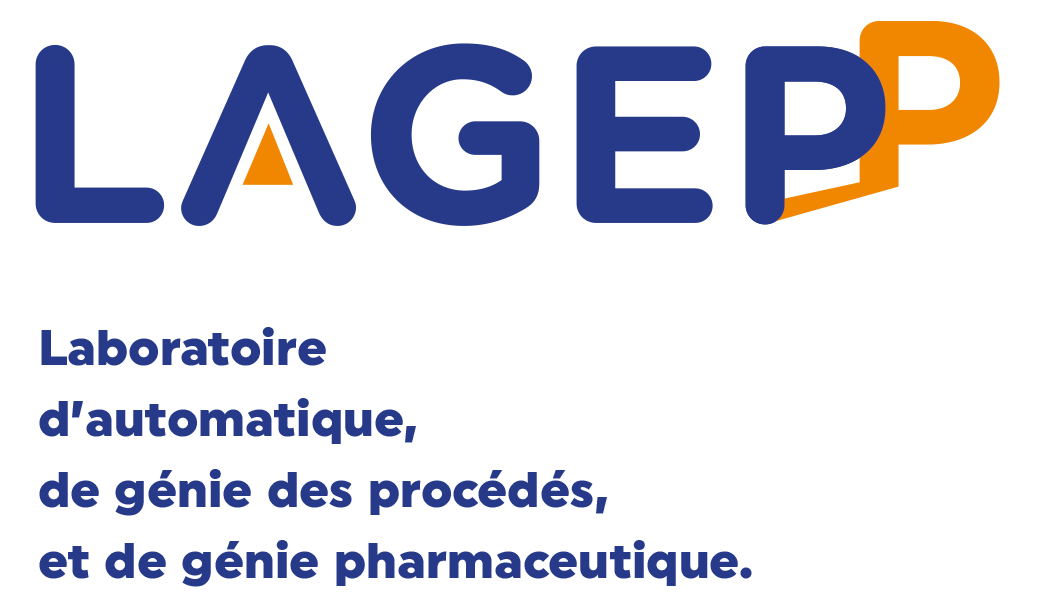Anionic Dye Removal with a Thin Cationic Polyaniline Coating on Cellulosic Biomaterial
Résumé
This paper reports the development of novel adsorbent materials using polyaniline (PANI) grafted onto Posidonia (POS) fibers, aimed at efficiently removing phenol red (PSP), an anionic dye, from aqueous solutions. The synthesis involved the copolymerization of aniline grafted on the surface of POS and aniline monomer in solution, resulting in a chemically bound thin PANI layer on the POS bioadsorbent. Structural characteristics and binding affinities of these adsorbents with PANI under its emeraldine salt (POS@PANI-ES) or emeraldine base (POS@PANI-EB) forms are reported. The rapid adsorption kinetics observed is attributed to enhanced accessibility to PANI adsorption sites on the POS surface. The binding percentages of PSP to POS@PANI-ES and POS@PANI-EB materials were found to be 97% and 50%, respectively, after 15 minutes of contact time. The Langmuir model for localized adsorption sites and the Volmer model for non-localized adsorption as a mobile layer were fitted to the experimental adsorption isotherms of PSP to POS@PANI-EB and POS@PANI-ES, yielding the thermodynamic parameters of adsorption. The adsorption capacities of PSP on POS@PANI-EB and POS@PANI-ES were 37.8 and 71.5 µmol•g -1 , respectively. The adsorption of PSP remained above 80% at moderate salt concentrations around 0.1 mol•L -1 ; however, higher concentrations of NaCl and CaCl2 in PSP solutions significantly reduced adsorption on POS@PANI-ES.
| Origine | Fichiers produits par l'(les) auteur(s) |
|---|
